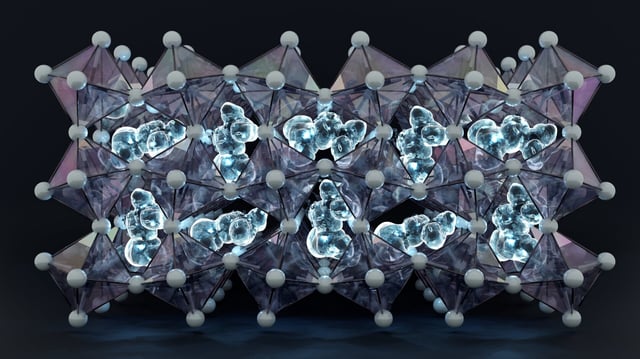Overview
- Researchers at Chalmers University identified and described the previously elusive low-temperature phase of formamidinium lead iodide (FAPbI3).
- Machine learning–augmented simulations ran thousands of times longer than earlier efforts and scaled models from hundreds to millions of atoms.
- The University of Birmingham confirmed the predicted structure by cooling samples to about −200°C to match simulation conditions.
- The team observed formamidinium molecules becoming trapped in a semi-stable state as the material cools.
- The findings, published in the Journal of the American Chemical Society, provide atomic-scale insight aimed at improving stability in future solar and optoelectronic materials.
